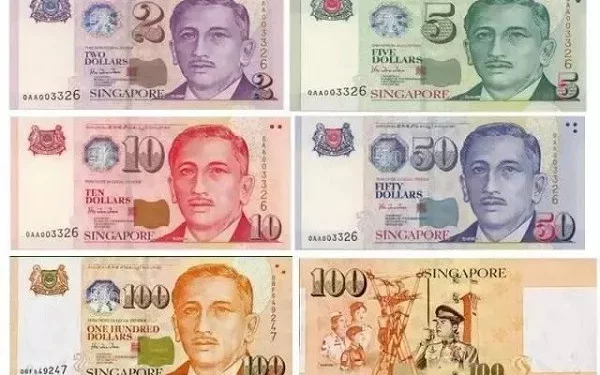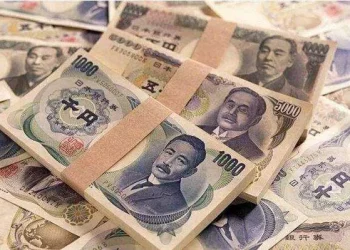The Singapore dollar (SGD) is not backed by gold or any other precious metal. Instead, like most modern currencies, it is backed by the country’s economy and the confidence that individuals and businesses have in the government and financial institutions.
The Monetary Authority of Singapore (MAS) is responsible for managing the country’s currency and monetary policy. The MAS operates on a managed floating exchange rate system, which allows the SGD to fluctuate in value relative to other currencies based on market conditions and economic factors.
Unlike the gold standard, which requires a fixed amount of gold to back each unit of currency, the value of the SGD is determined by a range of factors, including economic growth, inflation, and interest rates. The MAS has a range of monetary policy tools at its disposal to manage the value of the SGD, including adjusting interest rates and buying or selling foreign currencies to maintain a stable exchange rate.
While the SGD is not backed by gold, it is widely regarded as a stable and reliable currency. It is used extensively in international trade and finance and is recognized as one of the world’s most traded currencies. In recent years, Singapore has consistently ranked highly in global measures of economic competitiveness and has attracted significant foreign investment, further cementing the reputation of the SGD as a stable and reliable currency.
In conclusion, the Singapore dollar is not backed by gold or any other precious metal. Instead, its value is determined by the strength of the country’s economy and the confidence that individuals and businesses have in the government and financial institutions. While not backed by gold, the SGD is widely regarded as a stable and reliable currency and is used extensively in international trade and finance.

























